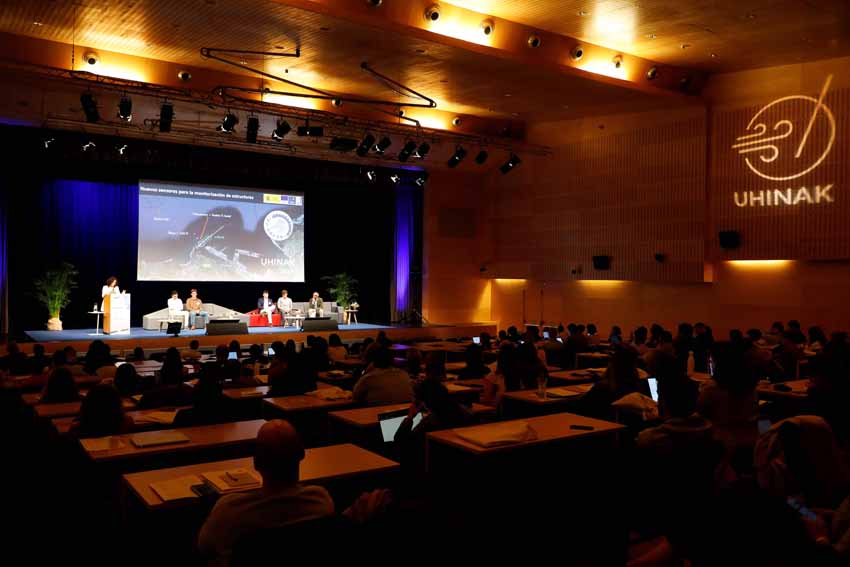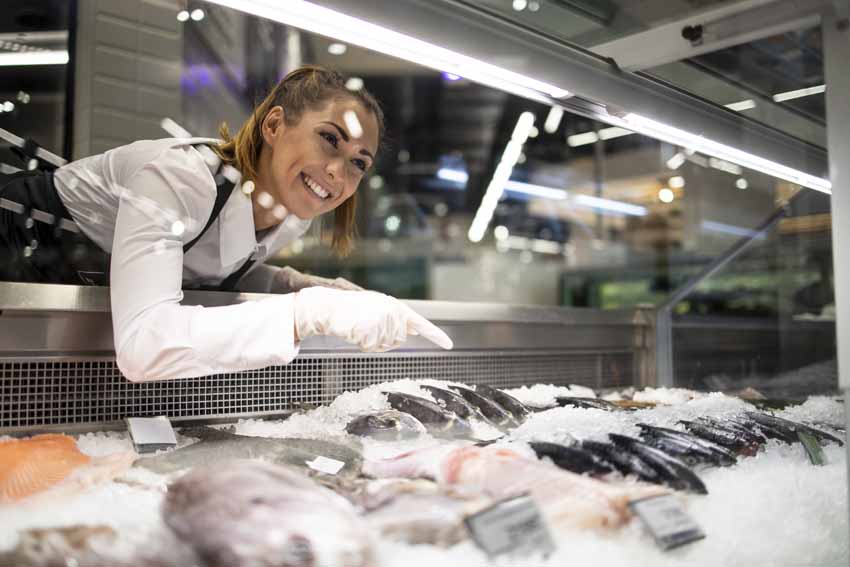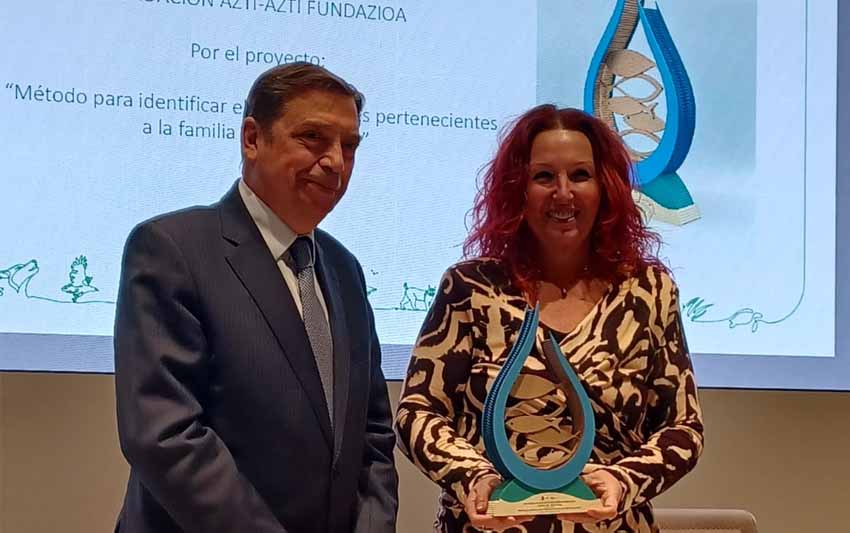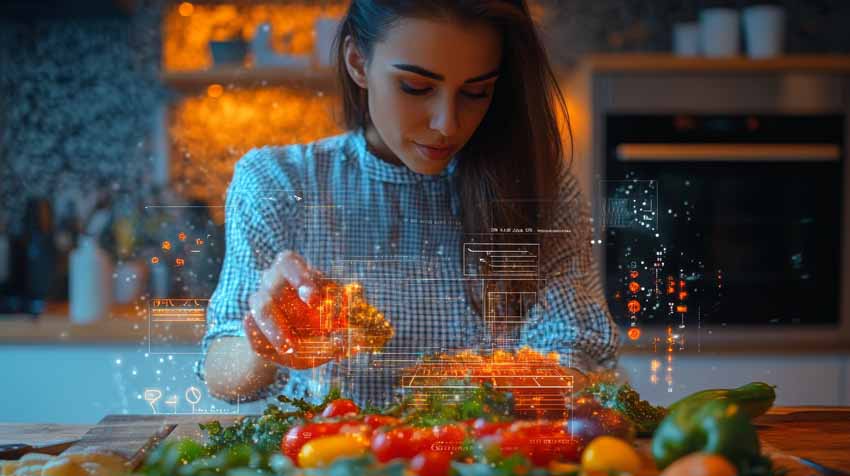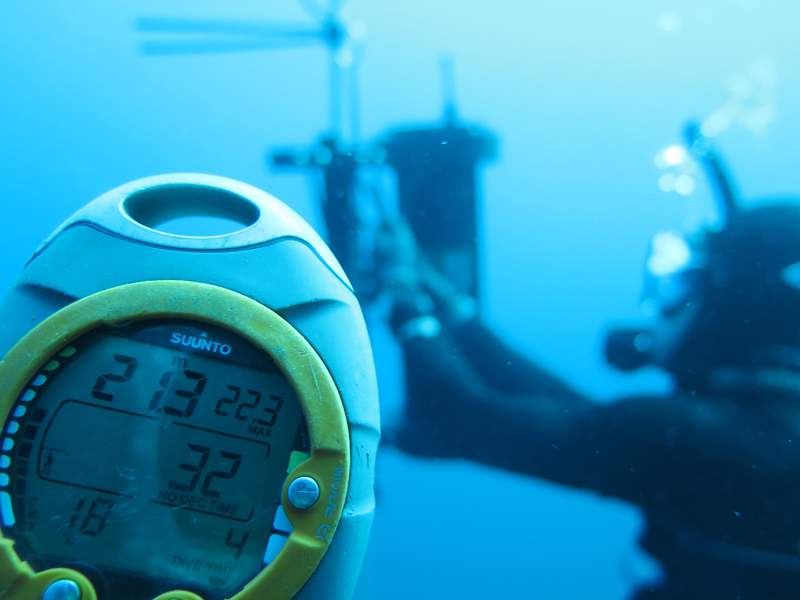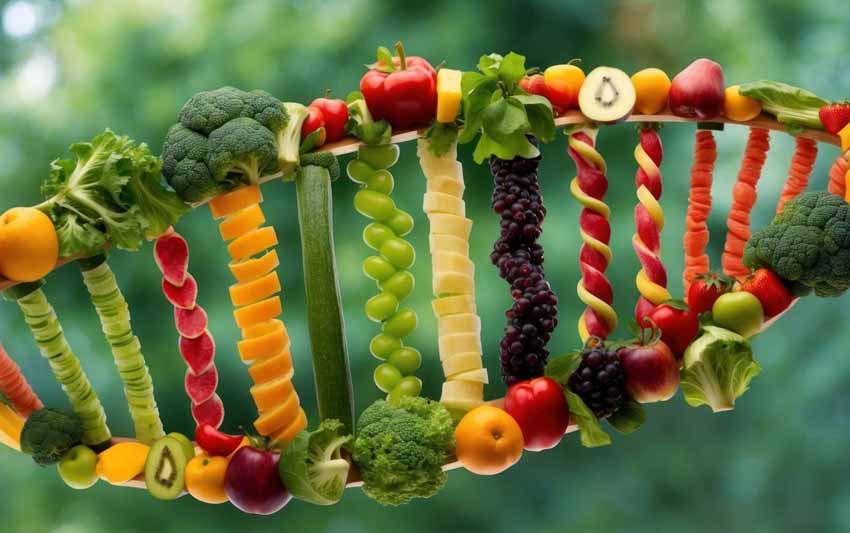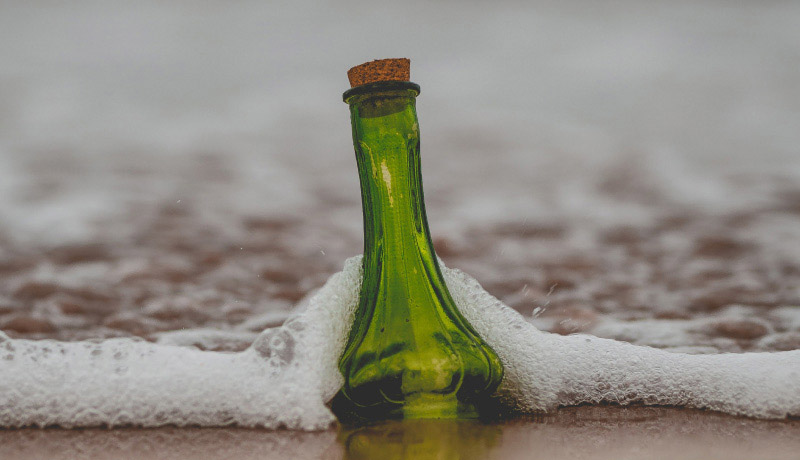The Blue Economy Opportunity: Feeding the Future from Our Oceans
Últimas noticias
A pioneering genetic catalogue reveals hidden biodiversity in Basque estuary sediments
Uhinak Technical Committee Sets the Key Points for the 7th International Congress on Climate Change and the Coast
“We fishermen are the ones who earn the least”
CARLOS BALD, researcher at Efficient and Sustainable Food Chain
As the global population is projected to reach 9.8 billion by 2050, the question arises: how can we sustainably nourish this growing number of mouths? A pivotal part of the solution lies in embracing the blue economy, which emphasizes the sustainable use of ocean resources.
Índice de contenidos
Sustainability and dietary shifts
One significant insight is that relying solely on terrestrial food sources may not be feasible or environmentally sustainable. Current dietary patterns indicate an overconsumption of protein, particularly from meat. By following nutritional guidelines, we can reduce meat consumption and shift towards a more balanced diet rich in vegetables and seafood. Increasing our seafood intake, recognized as a healthy source of essential nutrients, can alleviate pressure on land-based agriculture while promoting a more sustainable food system.
The potential beneath the waves
While wild fish captures have plateaued, aquaculture—fish farming—continues to expand rapidly. In 2020, aquaculture accounted for nearly 49% of the world’s aquatic animal production, a figure expected to rise to 59% by 2030. In the European Union, aquaculture production increased by 6% from 2011 to 2020 and is projected to grow another 13% by 2030.
To support this growth, the blue economy focuses on sustainable aquaculture practices and innovative sources of aquatic protein. This includes exploring new species for farming, optimizing existing supply chains, and implementing effective fisheries management.
Learning from terrestrial agriculture
Climate change poses significant threats to marine food production, altering species distribution and impacting aquaculture through ocean acidification and extreme weather events. Drawing lessons from terrestrial agriculture can help mitigate these risks. For instance, while fish farming has a lower carbon footprint compared to other animal farming, it still requires substantial feed, which can have environmental impacts.
By optimizing feed efficiency and exploring alternative feeding sources—such as plant proteins and by-products from fish processing—we can minimize waste and enhance sustainability. Innovations like multitrophic systems, where different species are farmed together, can also reduce environmental impacts.
Monitoring and managing impacts
To ensure that blue economy initiatives do not harm marine habitats, it is crucial to measure and monitor aquaculture’s environmental impacts. Tools such as Envirodigital assesse the Product Environmental Footprint, identifying key areas for improvement.
Efforts to find sustainable alternatives for fish feed ingredients are ongoing. Increasingly, fishmeal is being sourced from by-products of fish processing, allowing for more efficient use of resources and reduced waste. Additionally, exploring new sources like mesopelagic fish, insects, and microorganisms offers promising avenues for sustainable protein production.
Beyond environmental sustainability
The blue economy also provides numerous benefits beyond sustainability. Small-scale fisheries and aquaculture play a vital role in food security, particularly in low-income countries, where fish is a primary source of protein and micronutrients. Fish consumption is crucial for combating anaemia and promoting cognitive development, particularly in vulnerable populations like infants and young children.
Furthermore, the diverse array of biomolecules derived from aquatic species can be harnessed for various applications, from nutrition to bioplastics and energy production.
Consumer attitudes and future prospects
Consumer demand for sustainable seafood is growing. Surveys reveal that consumers increasingly recognize the health and environmental benefits of marine foods. However, barriers remain, such as taste preferences, price, and the need for greater transparency in food sourcing.
As we explore untapped opportunities in the blue economy, there is a significant focus on innovative production methods, including the cultivation of single-cell proteins and the use of marine microorganisms for nutrient production. The challenge lies in ensuring that these advancements are economically viable and culturally accepted.
Promoting sustainable marine food production
To foster sustainable marine food production, it is essential to strengthen policies that support the blue economy. Initiatives like the European Maritime, Fisheries and Aquaculture Fund (EMFAF) prioritize sustainable development in coastal areas, while the European Protein Strategy aims to enhance the role of fisheries and aquaculture in food security.
In conclusion, the blue economy presents a remarkable opportunity to provide sustainable nutrition for future generations. By embracing innovative practices and prioritizing the health of our oceans, we can secure a resilient food system that benefits both people and the planet.
